June 9, 2025 | 04:28 GMT +7
June 9, 2025 | 04:28 GMT +7
Hotline: 0913.378.918
June 9, 2025 | 04:28 GMT +7
Hotline: 0913.378.918
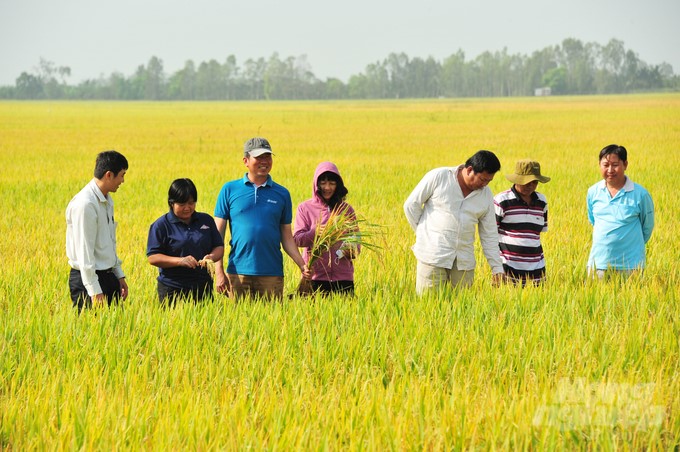
An Giang strives to have 261 effective agricultural cooperatives by 2025. Photo: Le Hoang Vu.
In the first months of 2023, in the context of difficulties on many sides, such as a high increase in gasoline and agricultural material prices, the An Giang agricultural sector still overcame difficulties, contributing to outstanding economic growth for the province. When the commercial and service sectors faced difficulties, the whole province focused on protecting the production of rice, fruit trees, crops, and raising cattle, poultry, and aquatic products.
The agricultural sector of An Giang acts as a linkage point for dozens of businesses to order farmers to produce high-quality rice for export. Many new opportunities have also opened up for An Giang agriculture when new-generation free trade agreements signed by Vietnam have come into operation, such as the Comprehensive and Progressive Agreement for Trans-Pacific Partnership (CPTPP), the EU-Vietnam Free Trade Agreement (EVFTA), and the latest being the UK-Vietnam Free Trade Agreement (UKVFTA, officially signed on December 29, 2020).
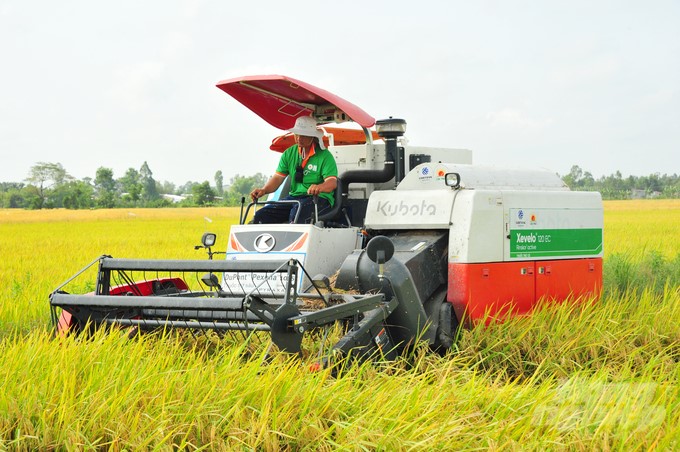
In the 2021–2025 period, the An Giang agricultural sector sets a target of achieving an average growth rate of 2.8%/year, striving for per capita income in rural areas to reach VND 68 million/person/year by 2025. Photo: Ho Thao.
Mr. Nguyen Si Lam, Director of the An Giang Department of Agriculture and Rural Development, said that in order to take advantage of the opportunity to expand the agricultural market in the world, An Giang agricultural products need a breakthrough in market development. Especially the high-end market to promote agricultural development in depth and continue high growth.
In the 2021–2025 period, the agricultural sector sets a target of achieving an average growth rate of 2.8%/year, striving for per capita income in rural areas to reach VND 68 million/person/year by 2025. An Giang maintains a stable rice output of about 4.2 million tons/year and ensures the area used for certified rice varieties reaches over 85% and for the "1 must 5 decreases" model reaches over 50%. The agricultural sector cooperates to invite businesses to implement production linkages associated with the consumption of crop products such as rice, vegetables, and fruit trees. Each year, this industry must have at least two new businesses join the association.
According to Director Nguyen Si Lam, in order to develop agriculture in a sustainable way, production linkage is an indispensable requirement, and it is necessary to promote the role of a new type of cooperative in agriculture. An Giang strives to have 261 effective agricultural cooperatives by 2025. In which at least 50% of cooperatives are involved in production linkages along the value chain with enterprises, and at least 18 cooperatives are engaged in high-tech agricultural production. Each district has a cooperative participating in the program “One Commune One Product” (OCOP) and has OCOP products with 3 stars or more.
In the coming time, departments, branches, and localities will continue to mobilize and encourage farmers to join cooperatives. These will be the farmer representatives participating in building large fields of quality standards, developing high-tech agriculture, and building production - consumption linkages with businesses. The province strives to have at least two model sites as places to visit and learn about the application of the achievements of Industrial Revolution 4.0 to agricultural production.
In the field of animal husbandry, the province strives to reach about 95,000 cows by 2025, including 10,000 dairy cows of TH True Milk Company. At the same time, forming seven models of linkage chains in goods production and consumption in animal husbandry and calling for many large-scale enterprises to invest in An Giang.
Thaco Group can be considered a prime example as the enterprise has invested heavily in projects to raise pig seeds and pigs with high-tech applications in the An Giang area, opening up the possibility of providing a source of clean pigs and quality pig seeds not only for An Giang but also for the Mekong Delta and Cambodia. It is also the appropriate direction for modern agriculture.
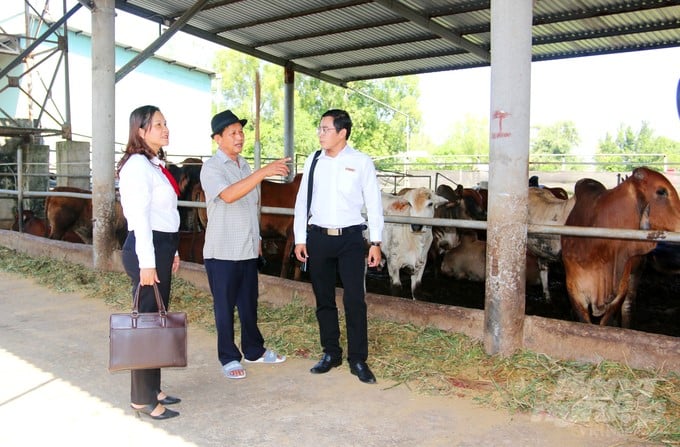
In the field of animal husbandry, An Giang province strives to reach about 95,000 cows by 2025, including 10,000 dairy cows from TH True Milk Company. Photo: Le Hoang Vu.
In the past three years, Thaco Group has invested in two pig breeding farms in Tri Ton district and put them into operation on a large scale. Tri Ton 1 pig breeding farm (Luong An Tra commune) has an area of 12.6 ha with a design capacity of 1,500 sows. Currently, Thaco Group is investing to expand and raise the capacity to 2,400 pigs/year. Tri Ton 2 pig breeding farm (Luong Phi commune) with an area of 9.6ha has been put into operation with a designed capacity of 1,200 sows and is expanding and increasing its capacity to 2,400–2,500 sows/year.
Thaco is currently also focusing on a high-tech pig breeding project in An Giang, opening a large-scale farm with an area of 50ha in An Cu commune, Tinh Bien town. Thaco's pig breeding farms in An Giang have basically been completed and put into operation as of 2021, with a design capacity of 6-7 thousand farmed pigs per year.
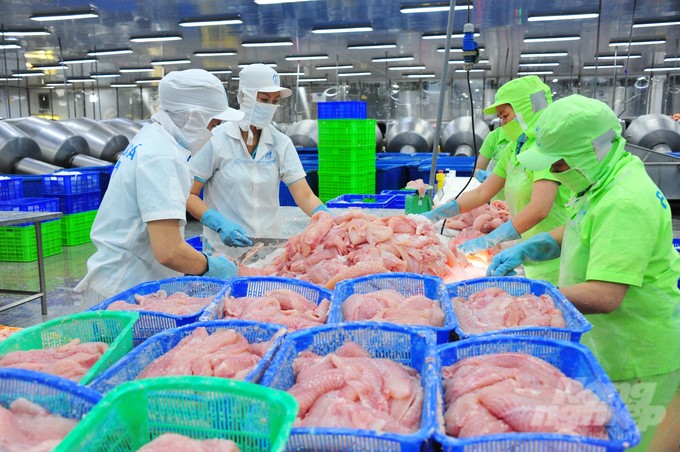
In order for agriculture to develop considerably, An Giang province creates a favorable environment and conditions for enterprises to apply and innovate production technology. Photo: Ho Thao.
"In order to achieve great goals in the coming time, the province focuses on innovating its thinking from simple agricultural production to developing an agricultural economy with adaptation to climate change and sustainable development. An Giang creates favorable conditions for enterprises to apply and innovate production technology and improve their capacity to develop products in line with market requirements. The province will support businesses and localities to build brands for key agricultural products, focusing on three product groups: rice (sticky rice), aquatic products, and fruit trees, associated with the implementation of the OCOP program," said Mr. Nguyen Si Lam.
Translated by Huyen Vu
/2025/06/05/5314-1-184727_407.jpg)
(VAN) From seemingly worthless fish scales and skin, enzymes and lactic ferments can transform by-products into peptides, opening a sustainable, effective business direction and elevating Vietnamese seafood.
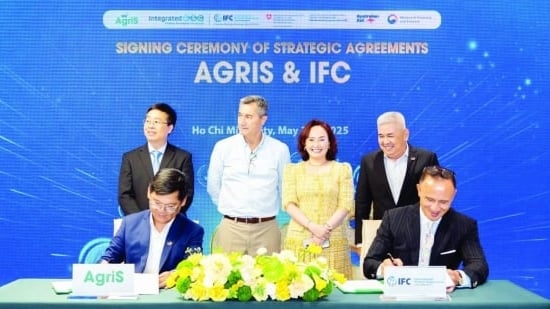
(VAN) TTC AgriS and IFC signed a strategic partnership to develop a sustainable agricultural value chain, aiming to achieve the Net Zero target by 2035.
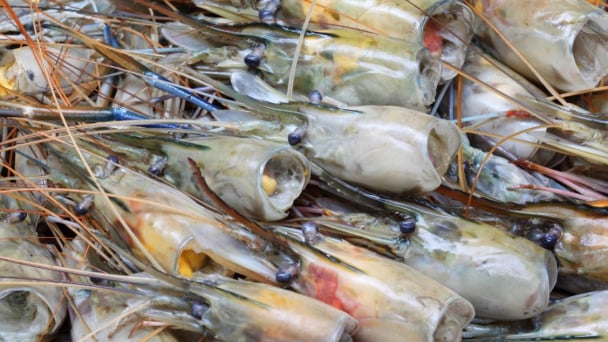
(VAN) Seafood by-products are opening a new path, combining green growth and technological innovation to enhance the industry's value.

(VAN) Mr. Nguyen Thanh Cong, Vice Chairman of the Son La Provincial People's Committee, reflects on Son La’s journey from barren hills to fruitful orchards after a decade of hard work.
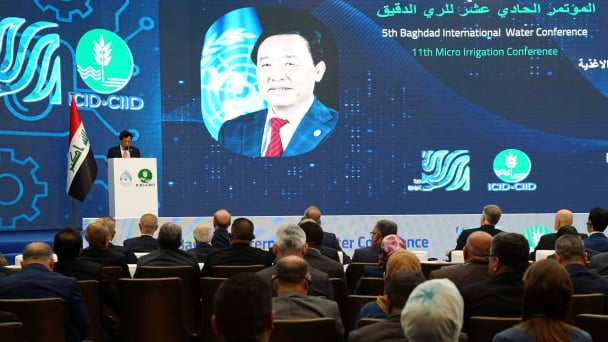
(VAN) FAO’s Director-General addresses the 5th Baghdad International Water Conference.
/2025/05/26/1716-4-nongnghiep-191706.jpg)
(VAN) Chain linkages, technological innovation, and raw material zoning are three strategic pillars for the coconut industry to strongly develop and elevate its position on the global agricultural map.
![Advanced mariculture – an inevitable trend: [4] Accompanied by scientists](https://t.ex-cdn.com/nongnghiepmoitruong.vn/608w/files/sohk/2025/05/13/1941-pgsts-vo-van-nha-140958_717.jpg)
(VAN) According to Assoc. Prof. Dr. Vo Van Nha, Director of the RIA III, the development of advanced offshore mariculture is no longer an option but an essential path for Vietnam’s fisheries sector.